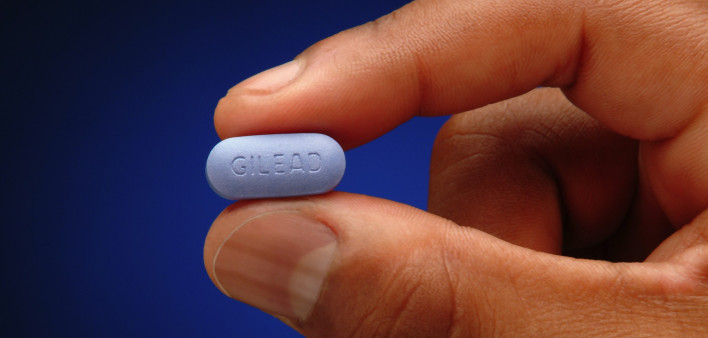We know that when taken daily, Truvada reduces the risk of contracting HIV by more than 99 percent among men who have sex with men and by 90 percent or more among women. Truvada as PrEP (pre-exposure prophylaxis) works.
So why are many people at risk of HIV having problems accessing the daily tablet?
Kaiser Health News (KHN) tries to answer that question in a recent article. Its reporters noted many issues at play. For starters, the wholesale price of the med jumped about 45 percent since it was approved in 2012. What’s more, an increasing amount of the out-of-pocket costs are being passed on to the consumers.
A 30-day supply of the daily tablet costs nearly $2,000, KHN reports. Although most insurers cover the pill, the pharmaceutical and insurance industries battle over prices and coverage. Drug companies often offer co-pay coupons, but insurers claim those coupons are for more expensive meds. To limit use of the coupons, some health plans are no longer allowing them to count toward a patient’s deductibles.
“If there is any example of the dysfunction in the American pharmaceutical system, it is this case,” James Krellenstein, of AIDS advocacy group ACT UP New York, told KHN. “We have the most effective tool for ending the HIV epidemic, and one reason we’re unable to scale up is because it costs so [much] unnecessarily.”
The KHN article also notes geographical, racial and ethnic disparities in those who access PrEP. For example, although more than half of new HIV cases are diagnosed in the South, only 30 percent of PrEP users live in the region.
Regarding solutions to this complex challenge, KHN mentions that many states have stepped up to launch PrEP assistance programs and to advertise the pill to at-risk populations.
Competition, KHN notes, could also help lower costs. Currently no generics are available in the United States, and Truvada, which is manufactured by Gilead Sciences, remains the only med approved as a pre-exposure prophylactic.
To learn the POZ Basics about PrEP, click here. And for a roundup of POZ articles about this prevention method, click #PrEP.







2 Comments
2 Comments